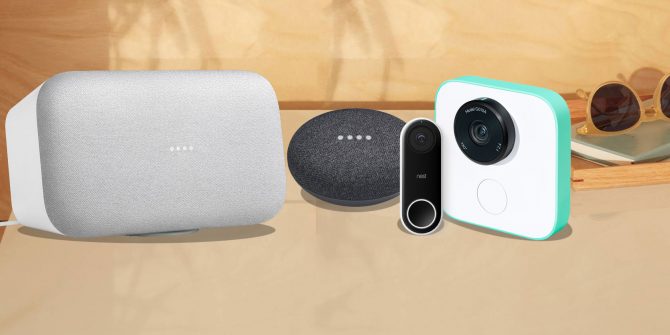At last, Google has launched a feature Google Home users have been praying for. Owners are now allowed to set up their original Google Home or Home Mini devices in pairs as a single stereo speaker output. In this article, you will learn how to set up Google Home devices as a single stereo speaker output.
Devices such as the Home Max and the fresh Nest Mini are already using this feature. But now, the feature has been released to Google’s older devices too.
As soon as you get the update, setting it up is just some clicks away in the Google Home application. You just have to click one of the speakers you wish to pair, click the settings icon on the top right of your display and swipe down till “Speaker pair.” is visible. Choosing this option will give you access to the setup process.

After picking the left and right channels, name the pair and choose what room the speakers are in, and that is that. The speakers will then be visible as a single device across Chromecast compatible services such as Spotify and in the Google Home app.
Must Read: 10 Best Google Home Apps
Music controls and volume will be visible in working order, and the phone settings and Google Assistant function like they are working with a single speaker. Devices can be unpaired seamlessly too inside the Google Home app.
I have personally longed for this feature on the Google Home Minis for a while now. Do you find it incredibly useful too?
More Information About Your Google Home
Google Home is a brand of smart speakers developed by Google. The devices enable users to speak voice commands to interact with services through Google Assistant, the company’s virtual assistant.
Must Read: How To Set Up Google Assistant On Your Sonos Speaker
Both in-house and third-party services are integrated, allowing users to listen to music, control playback of videos or photos, or receive news updates entirely by voice. Google Home devices also have integrated support for home automation, letting users control smart home appliances with their voice. The first Google Home device was released in the United States in November 2016, with subsequent product releases globally from 2017–2019.
Through software updates to Google Home devices and Google Assistant, additional functionality has been added over time. Multiple speakers can be placed in different rooms in a home for synchronized playback of music. An update in April 2017 brought multi-user support, allowing the device to distinguish between up to six people by voice.
Must Read: How To Delete Your Google Assistant Voice Recordings
In May 2017, Google announced multiple updates, including free hands-free phone calling in the United States and Canada; proactive updates ahead of scheduled events; visual responses on mobile devices or Chromecast-enabled televisions; Bluetooth audio streaming; and the ability to add reminders and calendar appointments.
The original Google Home speaker was released in November 2016, featuring a cylindrical shape with colored status LEDs on top. In October 2017, Google announced two additions to the product lineup, the miniature puck-shaped Google Home Mini and the larger Google Home Max.
In October 2018, the company released the Google Home Hub, a smart speaker with a 7-inch touchscreen. In May 2019, Google announced that Google Home devices would be rebranded under the Google Nest banner, and unveiled a larger version of the Home Hub known as Google Nest Hub Max.
Various forms of both in-house and third-party services are integrated into Google Home, allowing users to speak voice commands to control interaction with them. Examples of supported services include Google Play Music, Spotify, and iHeartRadio for audio, Netflix, YouTube and Google Photos for videos and photos, Google Calendar and Google Keep for tasks, and CNN, CNBC, BBC and The Wall Street Journal for news updates. New services are integrated on an ongoing basis.
Google unveiled Google Home Mini during a hardware-focused event on October 4, 2017, which was released on October 19, 2017. It is a variant of Google Home with the same overall functionality but in a smaller pebble-like form factor around 4 inches (10 cm) in diameter, with a fabric top that its white-colored status lights shine through.
It has a mute switch rather than a mute button and uses a micro USB connection for power. It is available in “Chalk”, “Charcoal”, “Coral”, or “Aqua” color options. Analysts compared the Google Home Mini to Amazon’s equivalent Echo Dot model.



